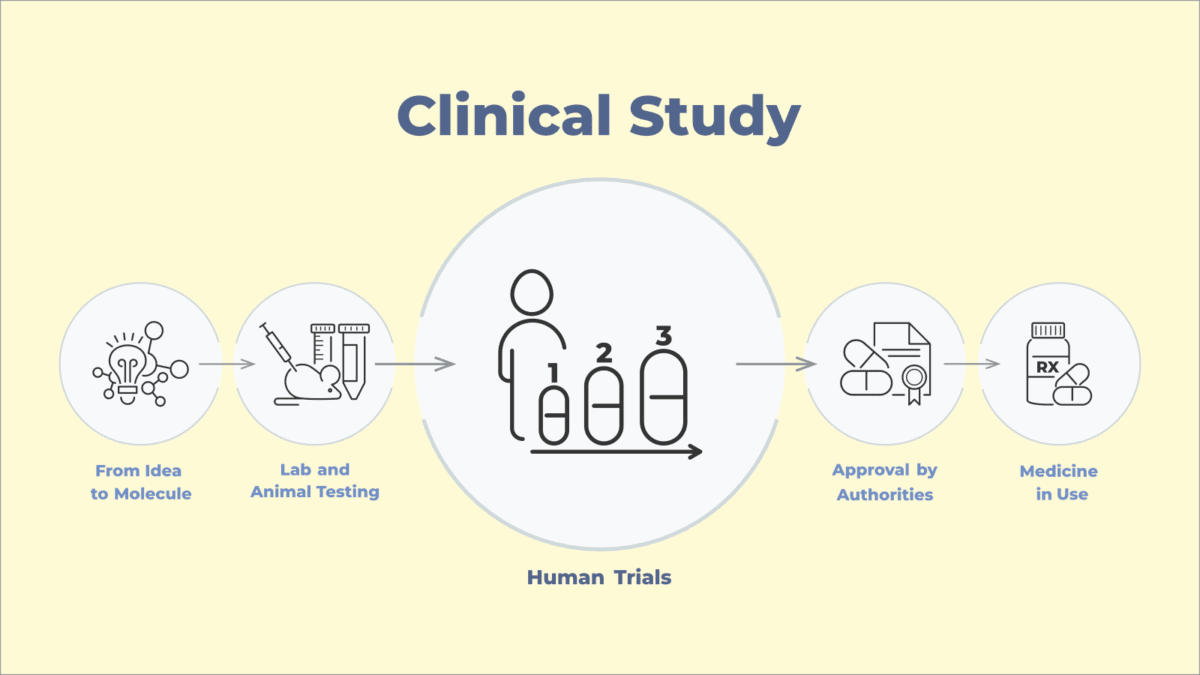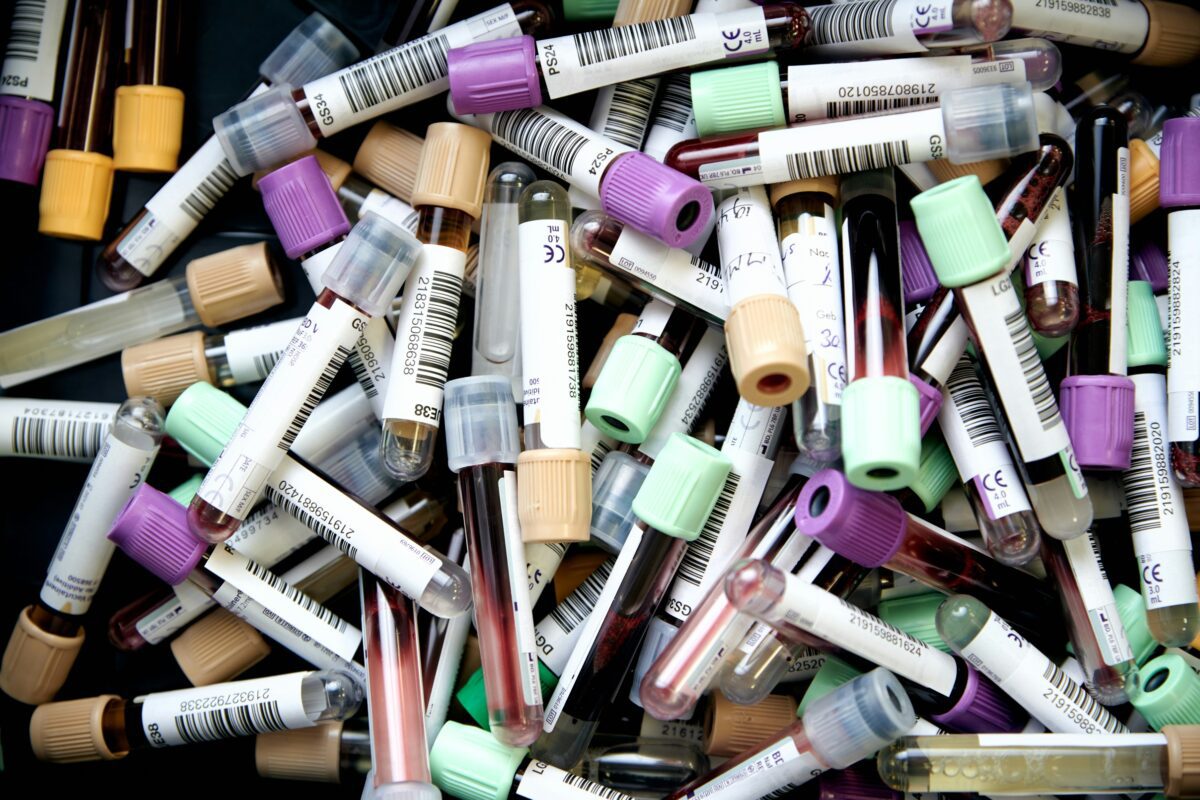The prevalence of hepatitis C and hepatitis B in Australian prisons is higher than in in the wider community, but prison settings also present and opportunity for testing, monitoring and treatment, especially for hepatitis C since the introduction of new, highly effective drugs that has shortened treatment time dramatically.
Up to 40 per cent of prisoners have hepatitis C, compared to only one per cent in the wider community, and three to four per cent of prisoners have hepatitis B, compared to just under one per cent in the wider South Australian community.
In July 2017 South Australia introduced the nation’s first Prisoner Blood Borne Virus Prevention Action Plan. The plan , to be implemented between 2017 and 2020, aims to have all relevant services work in a coordinated effort to reduce the unacceptably high prevalence of blood-borne viruses (BBVs) in prisons.
No Access to Sterile Equipment
The South Australian Action Plan was followed in October 2017 by a statement from Hepatitis Australia calling for proven prevention strategies, effective health monitoring and ready access to treatment across Australia’s prison network, including remand centres and other correctional facilities. The statement, Responding to Blood-borne Viruses in Australian Prisons, was endorsed by AIVL, napwha and AFAO.
“The current lack of an effective and evidence-based approach to the prevention of new infections within prison settings conflicts with the human rights’ position that no person should leave prison in a worse state of health.” the statement said.
no person should leave prison in a worse state of health
The statement went on to acknowledge that policy responses in the Australian Capital Territory (ACT) South Australia offer hope but are yet to be realised in practice, pointing to the stalled implementation of regulated access to clean injecting equipment in the ACT.
Despite widely accepted evidence of the effectiveness of needle and syringe programs in preventing blood-borne virus transmission in prisons, there is not a single such program in any Australian prison.
Any attempt to tackle the spread blood-borne viruses in prisons is severely handicapped without dealing with this elephant in the room.
Collaborative Approach
Despite that, the South Australian Action Plan valiantly outlines a collaborative approach to reduce the impact of hepatitis B, hepatitis C and HIV in South Australian prisons and, accordingly, within the broader community into which people from prison return.
This is important when you consider that many people first contract blood-borne viruses when they are incarcerated.

Speaking at the launch of the plan just before World Hepatitis Day 2017, Hepatitis SA Executive Officer, Kerry Paterson, explained the urgency. “The billion-dollar investment in direct-acting antiviral (DAA) treatment for hepatitis C by the Australian government to treat all Australian adults, including prisoners, ends in 2021, and there is no guarantee that a similar arrangement will be put in place afterwards. This means that now is the time to scale up HCV treatment in our prisons.
…now is the time to scale up HCV treatment in our prisons.
“We have good foundations on which to build, so I hope that we will make the most of our opportunities, and continue to have goodwill, courage and determination as we implement some of the more challenging actions set out for us in this Action Plan over the next three years.”
Strategies in the Action Plan to increase testing include proposals for opt-out testing for BBVs and possible introduction of rapid testing.
There will also be efforts to increase hepatitis C treatment and hepatitis B monitoring through a more coordinated model of care with a role for the Viral Hepatitis Nurses in providing specialist support to prison nursing staff.
An estimated 780 to 1050 South Australian prisoners live with hepatitis C. In the last six months, an impressive 150 were treated—a vast increase compared with previous years. Nonetheless there remain hundreds of others who can be treated and cured: a crucial part of preventing the spread of the virus both in prison and in the community.
Andrew Wiley, Nursing Director of SA Health’s SA Prison Health Service, expanded on the importance of the DAAs. “The new DAAs provide a significant improvement over previous treatments, which often took a significant amount of time as well as having side effects. The new treatments are much better, with minimal side effects – this is a significant advancement in treatment, and so treating prisoners in larger numbers is now a practical option.
“The changes in protocols also mean that most prisoners do not need to see a specialist or have any scans, so they do not have to go out of prison or transfer prisons to commence treatment, which significantly increases uptake. For those that require scans, these are now completed with Fibroscan clinics at each prison. In addition, those few patients that need to consult with a specialist can now do so via video conference, which ensures access to the best specialists in SA without having to move outside of the prison.
“Australia is uniquely placed to effectively treat hep C in the prisoner population, and is something that most other countries are unable to support to the same scale. Australia is poised to be a global leader in this area.”
Hear Hepatitis SA educator Shannon Wright and Education Coordinator Tess Opie discuss the plan and its implications on Radio Adelaide. The plan itself can be downloaded here. [Note: These links are no longer available online.]
The post is updated from an article in issue 74 of our magazine, the Hepatitis SA Community News: see more from this issue here.
Last updated 10 April 2025
More from:
Enjoyed this article? Subscribe to be notified whenever we publish new stories.
Subscribe for Updates




